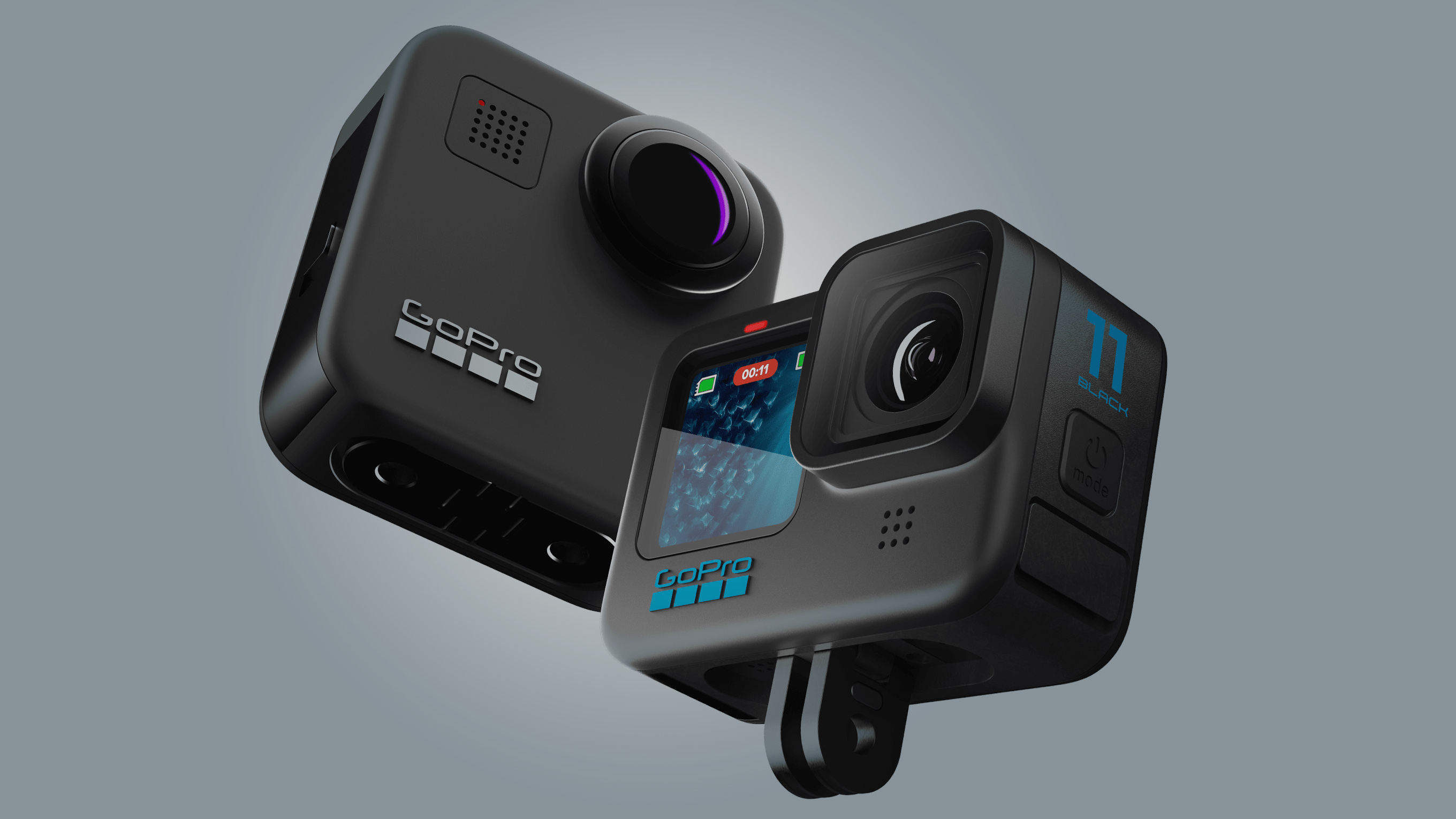
It's not a secret that GoPro is – or at least has been – in trouble; the company's share price peaked at nearly $87 per share in 2014, slumped dramatically in 2015, and has drifted below $2 until (briefly) yesterday's earnings call in which the CEO told investors that GoPro was planning a wider range of new cameras, not just the Hero.
The problem has long been understood, too. Just having one of the best action cameras wasn't enough; there is a 'TAM' (total addressable market) – essentially GoPro grew fast until it had reached all the people who wanted GoPro-like cameras, and it had no one left to sell to. (And since then there have also been competitors.)
The company's methods of further growing the market have, historically, been problematic. The Karma drone was a disaster that literally fell out of the sky and didn't do public relations any favor, but would have opened up a new market if successful. GoPro lost even more money by flirting with media, creating its own TV channel and ultimately needing to pay the redundancies of many media staff.
Now, though, as Woodman told investors, the company is one year into a new strategy to expand the TAM by returning to retail and – crucially – "substantially broadening our product portfolio."
That means one thing: new devices. In the previous call a future product for this year – identified as a new version of the GoPro Max (the company's 360-degree camera) and planned to be $599 – was implied. It doesn't sound like Woodman plans to stop there, however, as that doesn't expand the TAM – just keeps up with the competition.
Woodman identified potential GoPro customers as "active consumers, professional athletes, influencers, and film and television professionals" – no news there.
"While the Hero camera has done an amazing job in its role, and will continue to be our flagship for some time, we believe we can expand our TAM and business by developing a broader range of products that more specifically meet the needs of our customers while also targeting entirely new market segments." That can only mean new device categories.
There was also a lot of news for investors about GoPro's motorcycle helmets and a plan to recapture space in retail to build the brand but, if you're familiar with CEO Nick Woodman's style, you'll know he usually has some bad news to throw in, and so it was this time.
The development is "taking longer than expected", and the GoPro Max 2 will push to "late Q4" 2024 (although the team at GoPro do expect it to be "very competitive"), while a new entry-level GoPro will come in Q3 rather than Q2. There will be a new Hero camera as usual in 2024, though.
Other products will come (much) later. The "broadest and most differentiated product portfolio in our history" will come in 2026, said Woodman.
From there we can only speculate as to what market areas GoPro is looking at, especially as there is clearly a desire to innovate, but beyond that, there was no detail. My personal guess is the Insta360 Go 3 genre must be of interest…
If you can't wait until 2026, check our guide to the best 360-degree cameras, and the best GoPro alternatives.







